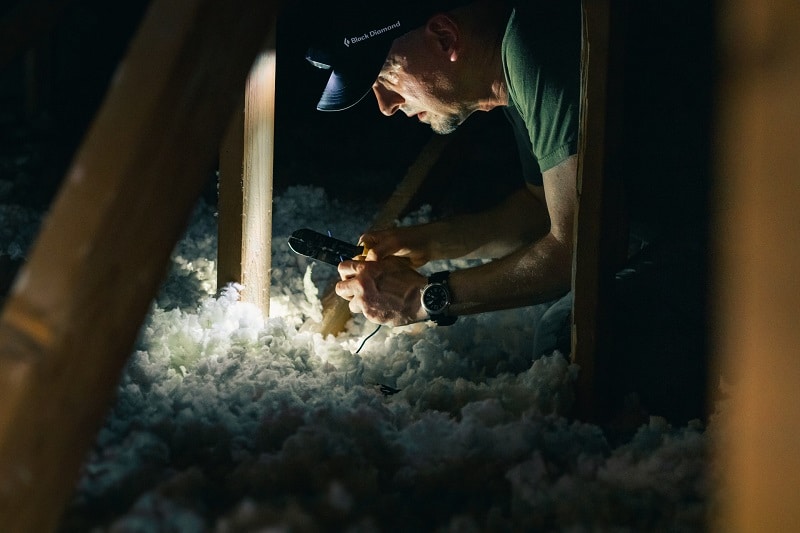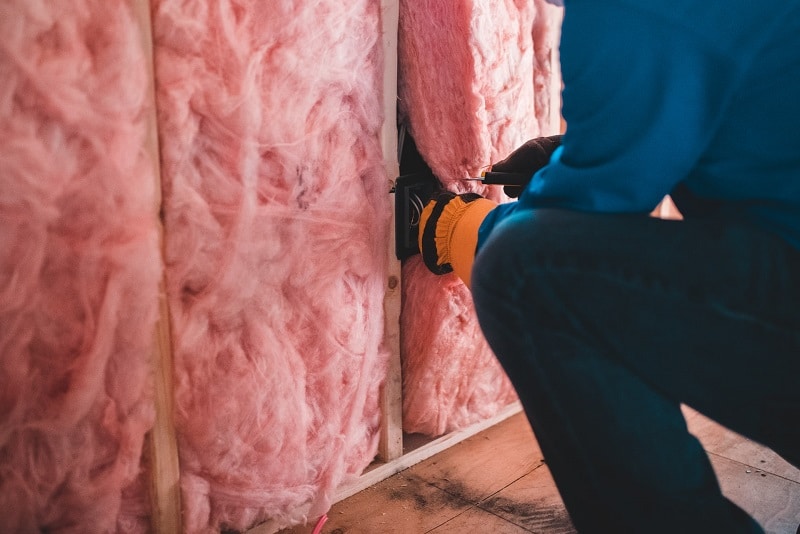As homeowners continue to seek ways to increase energy efficiency and save on energy bills, one area that often goes overlooked is underfloor insulation. Did you know that an uninsulated floor can account for up to 15% of heat loss in a home? With the proper underfloor insulation, not only can you increase the overall comfort of your home, but also significantly reduce energy consumption and save on heating costs.
In this Ultimate Guide to Underfloor Insulation, we will explore the benefits of insulating your floors, the various types of insulation materials available, and how to properly install underfloor insulation for optimal performance.
Benefits Of Underfloor Insulation

- Improved energy efficiency: By insulating your floors, you can reduce heat loss and increase the overall energy efficiency of your home, potentially saving up to 15% on your heating bills.
- Enhanced thermal comfort: Underfloor insulation helps to maintain a consistent temperature throughout your home, reducing cold spots and drafts that can cause discomfort, especially during the colder months.
- Reduced noise pollution: Insulation materials can also provide soundproofing, helping to minimize noise transmission between floors and creating a quieter living environment.
- Increased property value: A well-insulated home is more attractive to potential buyers, as it offers increased energy efficiency and cost savings over time.
- Environmental benefits: By reducing your home’s energy consumption, you are also contributing to a greener environment by decreasing your carbon footprint.
Types Of Underfloor Insulation Materials
- Insulation Boards: Rigid insulation boards are made from materials such as expanded polystyrene (EPS), extruded polystyrene (XPS), or polyisocyanurate (PIR). These boards offer excellent thermal performance and can be easily cut to fit between floor joists or placed directly on top of a concrete slab.
- Insulation Rolls: Made from materials such as fiberglass, mineral wool, or sheep’s wool, insulation rolls are flexible and easy to install. They can be cut to fit between floor joists and provide both thermal and acoustic insulation.
- Loose-Fill Insulation: Made from materials such as cellulose, loose-fill insulation can be blown into hard-to-reach areas or cavities, making it an excellent option for irregular spaces or retrofitting older homes.
- Spray Foam Insulation: A versatile option, spray foam insulation can be applied to a variety of surfaces, filling gaps and providing an air-tight seal. It offers excellent thermal performance, as well as soundproofing and moisture resistance.
Factors To Consider When Choosing Insulation
- Insulation material: Each type of insulation material offers different benefits and drawbacks, such as cost, thermal performance, and ease of installation. Consider your specific needs and budget when selecting an insulation material.
- R-value: The R-value of an insulation material measures its resistance to heat flow. The higher the R-value, the better the insulation. Choose a material with an appropriate R-value for your climate and the specific area of your home being insulated.
- Floor type: The type of floor you have (e.g., concrete slab, suspended timber, or beam and block) will influence the type of insulation material and installation method best suited for your project.
- Space constraints: Some insulation materials may be more suited to tight or irregular spaces than others, so consider the space available for insulation when choosing a material.
- Environmental considerations: Some insulation materials are more environmentally friendly than others. If this is a concern for you, look for materials made from recycled or sustainable sources.
How To Install Underfloor Insulation

- Preparation: Before beginning the installation process, ensure that the area to be insulated is clean and free of debris. If you have a suspended timber floor, check for any signs of dampness or rot and address these issues before proceeding.
- Insulation material selection: Choose the appropriate insulation material for your specific needs and ensure that you have enough to cover the entire area to be insulated.
- Cutting and fitting: If using insulation boards or rolls, measure and cut the material to fit snugly between the floor joists or directly on top of the concrete slab. Loose-fill insulation can be blown into cavities, while spray foam insulation can be applied directly to the surface.
- Installation: Install the insulation material according to the manufacturer’s instructions, ensuring that there are no gaps or voids that could compromise the insulation’s performance. If using insulation boards or rolls, secure them in place with appropriate fixings or strapping.
- Vapor barrier (if necessary): In some cases, a vapor barrier may be required to prevent moisture from penetrating the insulation and causing damage over time. Consult the insulation manufacturer’s guidelines for specific recommendations.
- Finishing touches: Once the insulation is in place, replace any floor coverings or finishes that were removed during the installation process.
Conclusion And Next Steps
Underfloor insulation is an essential component in creating a comfortable, energy-efficient home. By understanding the benefits, types of insulation materials, and installation process, you can make an informed decision about the best insulation solution for your home.
Whether you choose to tackle this project yourself or enlist the help of a professional, the investment in underfloor insulation will pay off in the form of increased comfort, reduced energy bills, and a more environmentally friendly home. So don’t overlook this important aspect of your home’s energy efficiency – take the next steps toward a well-insulated home with underfloor insulation today.

You’re actually a excellent webmaster. This site loading speed is incredible.
It kind of feels that you are doing any unique
trick. Moreover, the contents are masterpiece.
you have performed a wonderful job in this matter! Similar here: e-commerce and also here:
Ecommerce
Howdy! Do you know if they make any plugins to help with Search Engine
Optimization? I’m trying to get my website to rank for some targeted keywords but
I’m not seeing very good results. If you know of any please share.
Cheers! I saw similar art here: Backlinks List
Wow, wonderful blog structure! How lengthy have you been blogging
for? you made running a blog look easy. The
entire glance of your website is great, as neatly as the content
material! You can read similar here prev next and those was wrote by Lakisha68.
Wow, wonderful weblog format! How long have you been running a blog for?
you made blogging glance easy. The overall look of
your website is wonderful, as well as the content material!
You can see similar here prev next and those was wrote by Theo08.